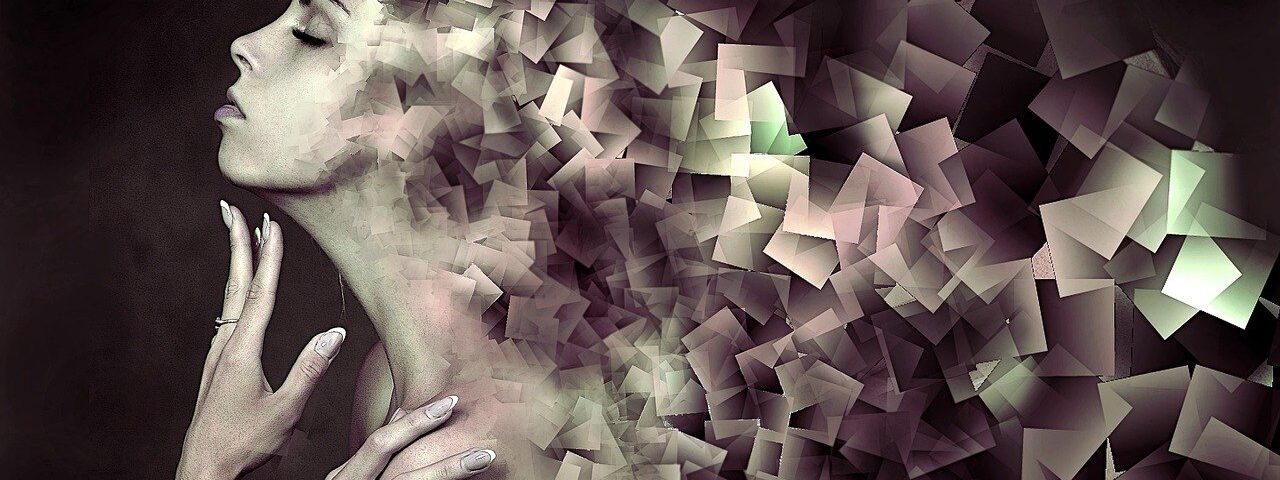Are you ready to get some photo editing tips for travel photography? There is a great misunderstanding regarding digital photography. It is what happens after taking the shot. Yes, you are right! I am talking about photo editing. In technical terms, post-processing. This is where you process the images according to your understanding, to create the final product.
Editing your photos is a very significant step that usually many people skip. There is much more to editing your photos, than just picking a filter and posting it on Instagram.
By incorporating some of these tips which I am going to include in this article, you’ll be able to improve your travel photography and make it stand out from the others.
So get out there, and start taking pictures!
#1 How to Crop your Images!
You must be familiar with this tool. It helps you to change the aspect ratio. For example, you can crop an image from a rectangular shape to a square shape.
There are many reasons for a crop, including publication in different formats or aspect ratios. You may want to remove unwanted parts. Or to make it more attractive, and change the position of the subject.
Cropping is very simple. It just involves some basic steps like selecting the crop tool and then the area you want to keep by dragging the cursor using a mouse or finger. You apply the changes, and voila! Your new cropped image is ready to proceed.
The tools look similar across different easy photo edit software, so it’s easy to apply your learning everywhere.
#2 How to Level Your Travel Photos
When the horizon line in a photo isn’t level, it can be quite annoying. It kicks your OCD and you start feeling worse. Sometimes when you are caught up in the moment, you may forget this basic compositional rule. There is a piece of good news that editing your photos can make them level very easily.
Balancing the camera on the edge of the pier is difficult. It means that the shot isn’t level, and is particularly noticeable to the eye when the image has a clearly defined horizon line, such as the sea.
If you look at a zoomed-in version of any image in its original form and put a line overlying near the horizon, you can observe that it’s not level — the line is closer to the horizon on the right-hand side than the left or the other one.
When you use the level tool, a grid appears on the screen over the image to help you get the alignment correct. There is an option where you can trace the horizon, and it will make things correct automatically.
Levelling an image is a very simple task which takes place in just a matter of seconds, resulting in a much more visually pleasing image.
#3 Vignetting Your Photos
Vignetting is making parts of the image relatively darker than other parts, and in some cases lighter, to make the subject of the shot clearer. It isn’t really necessary for every image. But travel photos demand a bit of vignetting to get that classy look.
Some tools restrict your vignette only to the corners. But, in advanced photo editing applications like Snapseed and Lightroom, you can selectively manipulate areas of the image.
You have options there like the “centre size,” i.e., the area to be affected. Inside this area, everything can be made brighter (inner brightness) and everything outside the area can be made darker (outer brightness). Also, you can do the reverse.
It is particularly very useful for portraits, and in places where you want the subject to be clearer.
#4 Changing the Shadows and Highlights
When we take a photograph, some parts of the shot may not end up as we desired. It may be lighter or darker. The dark areas of the shots are called shadows, and the bright areas of the shot as highlights.
We can fix this by changing the brightness of the shadow and highlight areas specifically, using either the “Shadow” or “Highlight” tool. This is a tool that works better on RAW files as they retain more information as compared to a compressed JPG. JPG discards most of this detail information to save file size.
It is available in any of the photo editing software. It helps to balance the image out. The main objective is bringing overexposed areas down in brightness and boosting the shadows.
Just be aware that a light touch is recommended. Over usage may result in a lot of noise, which might look unnaturally green.
#5 Adjusting Contrast and Color
Contrast is about creating a difference between different parts of the image. Increasing the contrast of an image can dramatically improve the visual impact. It makes the boundaries between contrasting parts clearer. Contrasts are of different types.
For example, using the contrast tool, we can make the dark areas stand out against the bright areas.
Colour adjustment is another crucial piece of editing tools. You can adjust the image colour in every way possible. Starting from changing the overall “warmth” of the image, to individually changing the hue and saturation of specific colours inside the image, everything can be done.
The fastest way to adjust an image’s colour is by using the “Saturation” tool. This changes the overall appearance of the required colour in an image and makes it more or less saturated.
It is recommended to find a happy midpoint between over-saturated and under-saturated image.
Conclusion
After reading this article, you should be able to make stunning travel images. So go to the field, and create stunning images!
Comment your opinions below!
Happy Editing!

